
Beverly Holcombe Robertson was a cavalry officer in the United States Army on the Western frontier and a Confederate States Army general during the American Civil War.
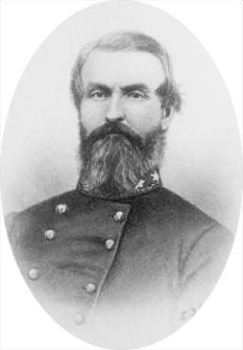
Paul Jones Semmes was a banker, businessman, and a Confederate brigadier general during the American Civil War. He was mortally wounded at the Battle of Gettysburg.

William Dorsey Pender was a general in the Confederacy in the American Civil War serving as a brigade and divisional commander. Promoted to brigadier on the battlefield at Seven Pines by Confederate President Jefferson Davis in person, he fought in the Seven Days Battles and at Second Manassas, Fredericksburg, and Chancellorsville, being wounded in each of these engagements. Lee rated him as one of the most promising of his commanders, promoting him to major general at twenty-nine. Pender was mortally wounded on the second day at Gettysburg.
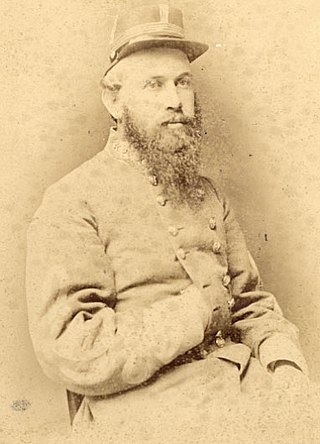
James Henry Lane was a university professor and Confederate general in the American Civil War.

Robert EmmettRodes was a Confederate general in the American Civil War, and the first of Robert E. Lee's divisional commanders not trained at West Point. His division led Stonewall Jackson's devastating surprise attack at the Battle of Chancellorsville; Jackson, on his deathbed, recommended that Rodes be promoted to major general. Rodes then served in the corps of Richard S. Ewell at the Battle of Gettysburg and in the Overland Campaign, before that corps was sent to the Shenandoah Valley under Jubal Early, where Rodes was killed at the Third Battle of Winchester.
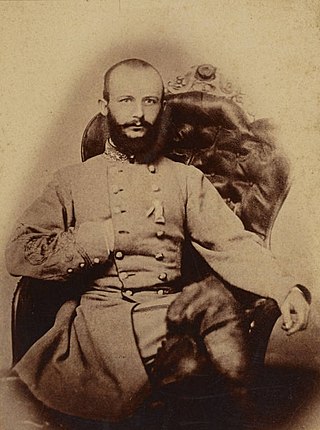
Stephen Dodson Ramseur was a Confederate general in the American Civil War, at one point the youngest in the army. He impressed Lee by his actions at Malvern Hill and Chancellorsville, where his brigade led Stonewall Jackson’s flank attack, taking 50% casualties. On the first day of Gettysburg, he dramatically routed a Union brigade, sending it running through the town, though his superiors did not authorize further pursuit. Ramseur also distinguished himself in the Overland campaign and the Valley campaign, where he was mortally wounded at Cedar Creek.

Ambrose Ransom "Rans" Wright was a lawyer, Georgia politician, and Confederate general in the American Civil War.

Cadmus Marcellus Wilcox was a career United States Army officer who served in the Mexican–American War and also was a Confederate general during the American Civil War.
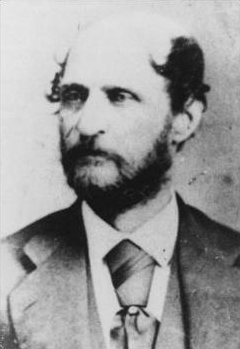
Birkett Davenport Fry was an adventurer, soldier, lawyer, cotton manufacturer, and a Confederate brigadier general in the American Civil War. A survivor of four battle wounds, he commanded one of the lead brigades during Pickett's Charge at the Battle of Gettysburg.
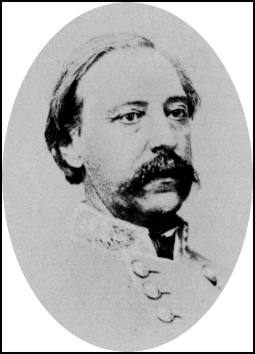
Goode Bryan was a planter, politician, military officer, and American Civil War general in the Confederate States Army. His brigade played a prominent role during the Battle of the Wilderness, fighting stubbornly until exhausting its ammunition.
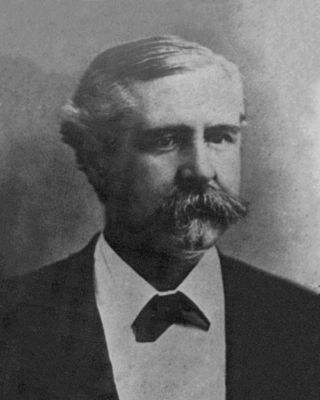
John Doby Kennedy was a general in the Confederate States Army during the American Civil War, as well as a post-war planter, attorney, politician, and the 57th Lieutenant Governor of South Carolina serving under Governor Johnson Hagood.
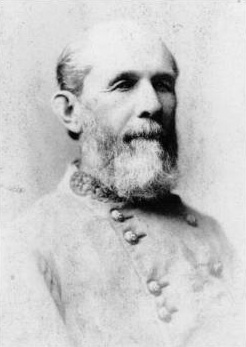
William Tatum Wofford was an officer during the Mexican–American War and a general in the Confederate States Army during the American Civil War.

Brigadier-General Abner Monroe Perrin was an American lawyer who served as a senior officer of the Confederate States Army in the American Civil War until he was killed in action at the Battle of Spotsylvania Court House.

States Rights Gist was a lawyer, a militia general in South Carolina, and a Confederate Army brigadier general who served during the American Civil War. A relative of several prominent South Carolinians, Gist rose to fame during the war but was killed at the Battle of Franklin on November 30, 1864. His name was based on the Southern states' rights doctrine of nullification politics of his father, Nathaniel Gist. Nathaniel Gist was a disciple of John C. Calhoun and chose his son's name to reflect his own political sentiments.
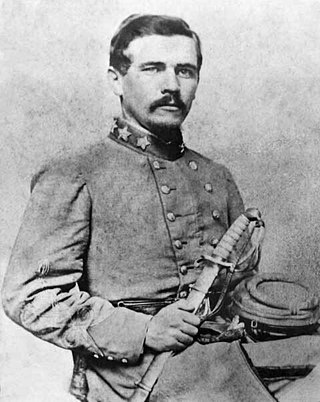
Micah Jenkins was a Confederate general in the American Civil War, mortally wounded by friendly fire at the Battle of the Wilderness.

William Henry Forney was an Alabama legislator, a brigadier general in the Confederate States Army during the American Civil War and U.S. Representative from Alabama from March 4, 1875 to March 3, 1893.
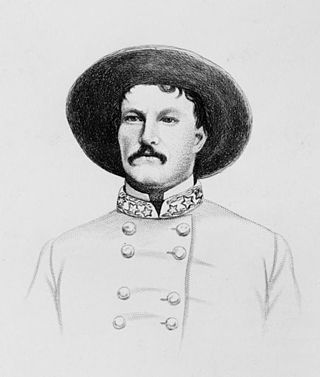
Archibald Campbell Godwin, a brigadier general in the Confederate States Army who was killed at the Battle of Opequon during the American Civil War. Due to his death soon after his appointment, the Confederate Senate never confirmed Godwin's promotion to the grade of brigadier general.

Montgomery Dent Corse was an American banker, gold prospector, and soldier who served as a general in the Confederate States Army during the Civil War. He commanded the 17th Virginia Infantry and then Corse's Brigade of Pickett's Division in the Army of Northern Virginia, and served in several of that army's most important battles.

John Horace Forney was a farmer, civil engineer, and major general in the Confederate States Army during the American Civil War. Being promoted to the rank of major general on October 27, 1862, Forney participated in the Battles of First Bull Run and Vicksburg before being captured. He held several other commands until the end of the Civil War, living in Alabama until his death in 1902.
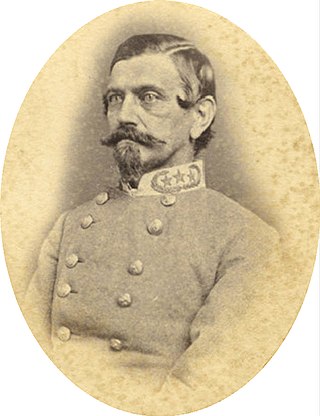
James Cantey was a Confederate States Army brigadier general during the American Civil War. He was a lawyer, slave owner, state legislator in South Carolina and officer in the Mexican–American War, and a slave owner in Alabama both before and after the war.





















